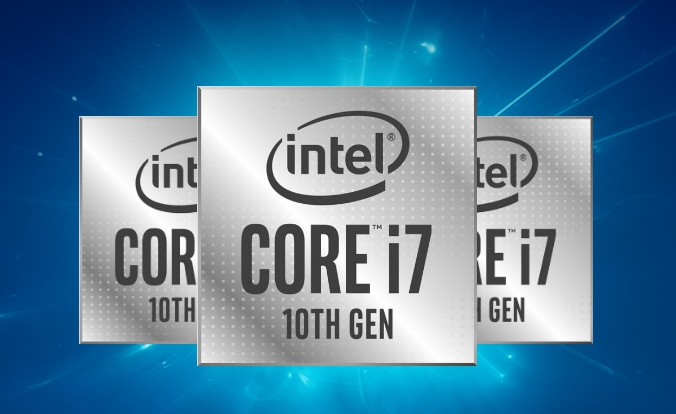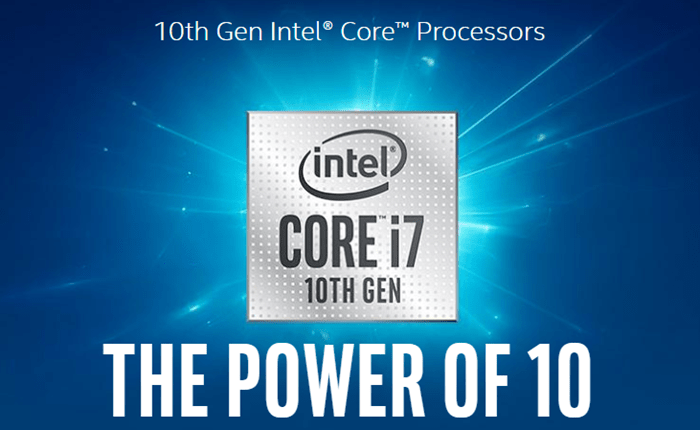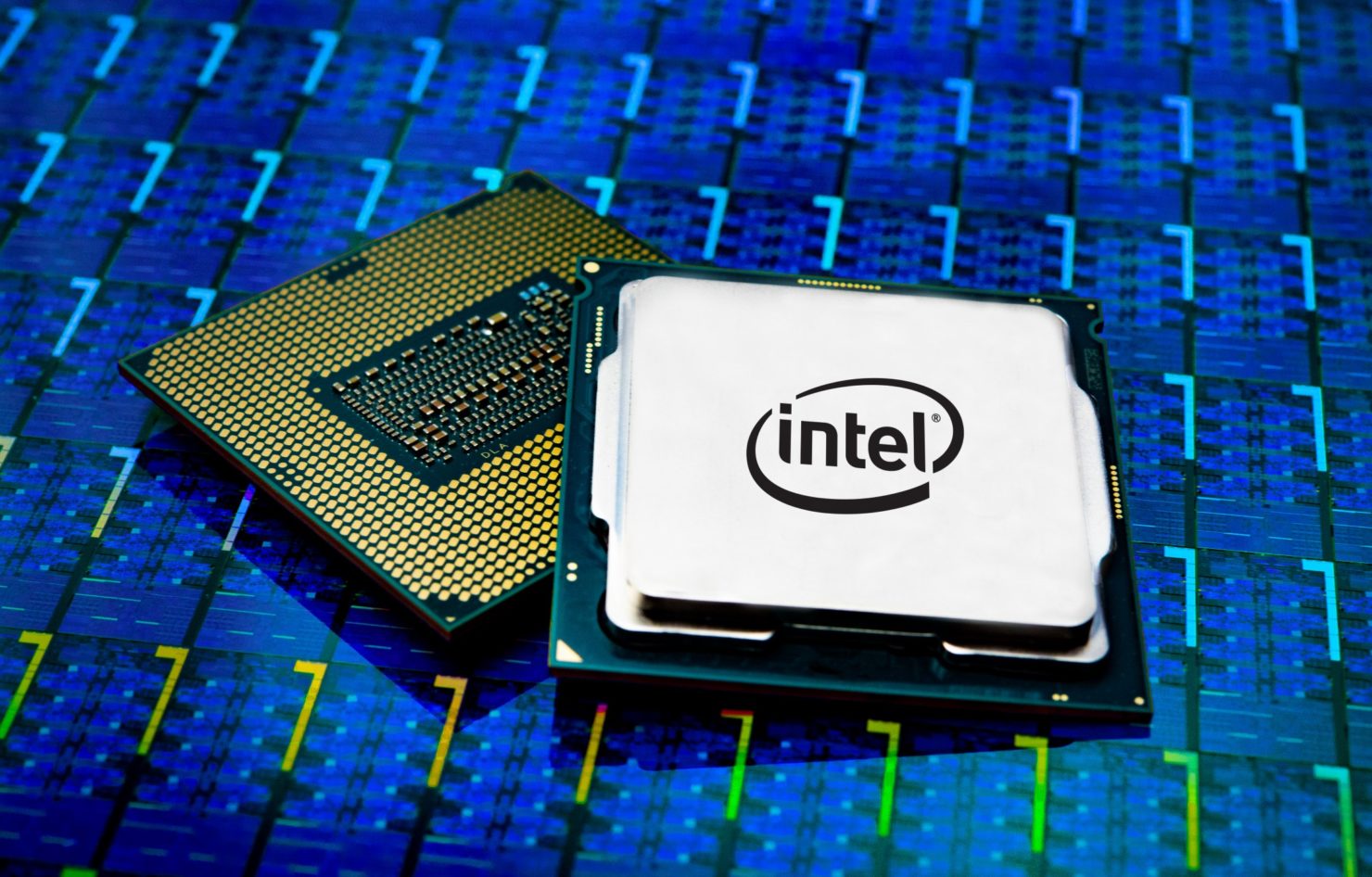We know that Intel is gearing towards releasing its 10th generation of processors codenamed Comet Lake-S series. There have been many leaks around the series. These leaks mainly talk about the specifications of the unreleased processors. A leaked NDA document may have revealed the alleged release date of the processors. Although these processors will be based on the same SkyLake architecture under Intel’s 14nm node, these processors will have higher core counts and higher clock speeds. Needless to stay, these processors will be the most efficient and most potent consumer-grade processors from Intel.
We allegedly have the information of all flagship SKUs. Although, the leaks did not mention SKUs under Pentium, Celeron, and Xeon series. A few days ago, we reported that the leaked benchmark of the Core i9-10900K shows that it performs marginally better than AM Ryzen 9 3900X processor. Though the information may seem a little daunting since one would expect Core i9-10900K to be much better than “just marginally superior.” A plausible interpretation would be the fact that the benchmarks could be the early performance metric of the processors.
The leaked document was published at Uniko’s hardware, and it features plenty of useful information right down to the desktop and workstation specifics. The Comet lake series will feature processors for both platforms while supporting the LGA 1200 socket motherboard. These processors include the new 125 Watt unlocked CPUs and traditional 65 Watt CPUs. The documents suggest two different dates, 13th April and the second date is 26th June. Now, there is a huge gap between both dates, and it could mean a few things.
Firstly, it could be the dates on which the K and KF series are released. Since Intel is struggling with supply issues, the gap could mean they want to have leverage in between announcements so that they could efficiently manage the ever-increasing demand. If we look at the other side of the story, there is not a massive difference between the K and F series of processors. The integrated graphics accelerator is disabled in the F and KF processors, while it is enabled in the case of K processors. So, the rationing supply would not do any good. For all intents and purposes, these are only inferences Intel may end up releasing the whole lineup on a single day.
Now let us talk about the mantle of these processors considering the leaks that have already surfaced. Intel is banking heavily on these processors. AMD has been snatching business from the tech giant, so Intel would want its processor to do well against the competition so that it could get some of the lost market shares back.
125 W unlocked processors
125 W TDP is the new heat dissipation benchmark for Intel. Only the flagship processors from the different SKUs are under the 125 Watt bracket. These include the heavyweight parts from the i9, i7 and i5 series.

Core i9-10900K
Core i9-10900K is going to be the flagship processor of the whole consumer-grade desktop lineup. It will feature 10 cores, 20 threads, and a total cache of 20MB. You can expect the processor to overpower the Core i9-9900KS since the processor has better boosting potential. Intel will be banking on the gains from using the old manufacturing node in the shape of high stable clock speeds. The processor has a base clock speed of 3.7GHz, and the boost clock speed is just over 5GHz at 5.1GHz. Combine it with Intel’s Turbo Boost 3.0, and it can achieve 5.2GHz on a single core and 4.9GHz on all cores.
The processor will also support Intel’s new Thermal Velocity Boost algorithm. It will work alongside the Turbo Boost 3.0. According to Wccftech, it may take the processor to 5.3GHz frequency on the single-core. On the other hand, it requires a beefed-up cooling solution to sustain the frequency boost.
Additionally, the TDP of 125W, the processor, is shaping up to have a serious punch on its sleeves. It will compete directly against AMD’s “hyper core” Ryzen 9 family.
Core i7-10700K
The Intel Core i7-10700K is not far behind its Core i9 counterpart. It features 8 cores, 16 threads and, a total cache of 16MB. The 14nm processor will be able to sustain higher clock speeds. The processor boasts higher base clock speed when compared to the Core i9 but falls short when it comes to the boost clock speeds. It has a base frequency of 3.8GHz, while the boost clock speed is 5.0GHz.
It will also support Turbo Boost 3.0, and hence it will be able to attain 5.1GHz on a single core for short bursts. If the specifications are to be trusted, it will be comparable to the Core i9-9900K processor, but at a lower price point.

Core i5-10600K
The Core i5-10600K is the least powerful part of the new 125W block. It will feature 6 multithreaded cores and 12MB of the cache. Gains from the trade can be seen here as well since it runs faster than both Core i7 and Core i9 processor. It has a base clock speed of 4.1GHz, while the boost clock speed is only 4.5GHz. Turbo Boost 3.0 can boost a single core of this processor to 4.8Ghz.
The rumors suggest that it will be faster than the flagship processor of the 8th generation Core i7-8700K since it features higher clock speeds on all cores. Again, the price will be a lot lower since it is part of the Core i5 family.
65 W Desktop processors
These processors will represent the “low power” segment of the 10th gen CPU hierarchy. It will have processors from Core i9, Core i7, Core i5, and Core i3 families. The vanilla Core i9-10900 processor will feature 10 multithreaded cores, but it will have a lower frequency than its “K” counterpart. It will be able to boost one of the cores up to 5.2GHz using the Thermal Velocity Boost, which is very impressive, considering it belongs to the 65W family.
The Core i3 processors will be significant in the list since these processors cater to the more prominent segment of the population. The Core i3-10320 features 4 multithreaded cores clocked at 4.4GHz. It will be a sub $200 processor.
Final words
As we are approaching the release dates of these processors, the dynamics of the market are slightly turning in favor of Intel. The company is seemingly immune to the Corona outbreak while its competitors are facing supply-side issues. Economically speaking, it is the best time for Intel to get the required results.
ALSO READ: GDC Postponed Due To The Coronavirus Outbreak; E3 And Gamescom Likely To Be Affected
However, Intel will need to strategically price its processors if it wants to get back at AMD. Lastly, these processors are expected to be released before the month of April ends.


